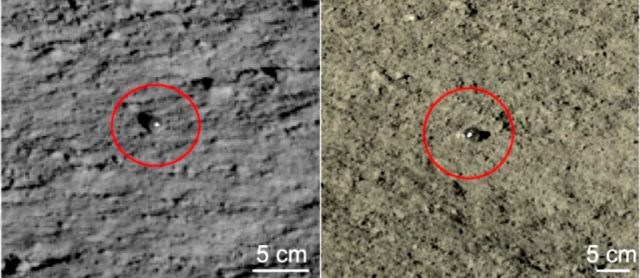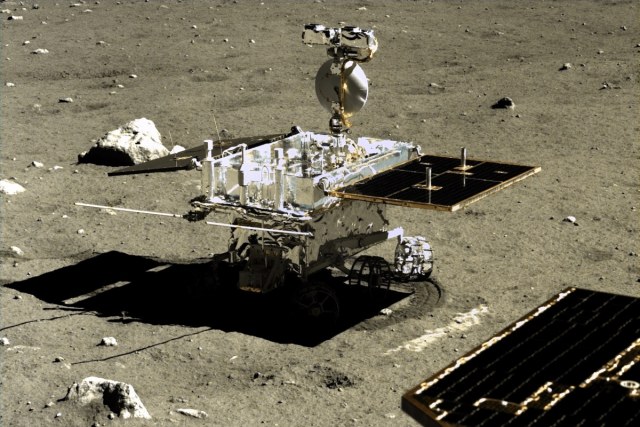In the images of the Yutu-2 device, scientists noticed a pair of large translucent spheres made of glass — most likely, this is the result of a recent meteorite fall.
The lunar rover Yutu-2 ("Yutu-2") is part of the Chang'e 4 mission, which has been operating on the far side of the Moon since 2019 and regularly reminds of itself by detecting unexpected and unusual objects. Another — and perhaps the most important - such find was a pair of small translucent glass balls. The first mention of this appeared a few days ago, and now a detailed article has been published in the journal Science Bulletin about the event.
There is no big mystery in the find: according to Zhiyong Xiao and his co-authors, the balls were formed, most likely, by the impact of a meteorite or as a result of volcanic activity that persisted in the first epochs of the Moon's existence. Suffice it to recall that the lunar rover operates in a 186-kilometer crater The Background Pocket, which itself is located in the huge (about 2500 kilometers) South Pole — Aitken impact basin and is surrounded by other impact craters.

©Ziao et al., 2022
Baked glass spheres have been found on the Moon more than once before, but mostly they are the smallest turbid particles in the composition of the local regolith. These same balls are quite large (1.5-2.5 centimeters in diameter) - almost like the samples found by the Apollo 16 astronauts. Unlike those spheres, those found on the far side of the moon are almost transparent.
Scientists are extremely interested in them, because they must preserve the most valuable information about the composition and past of our satellite. In some images taken by Yutu-2, other similar objects are visible nearby, although the camera resolution is not enough to reliably identify them.
Apparently, this "scattering" of glass was formed by the impact of a meteorite, which instantly melted silicon minerals and sprayed droplets to the sides. In flight, they quickly froze, retaining a spherical shape, as happens with tektites on Earth. And apparently, it all happened not so long ago.
The authors of the article note that for a hundred thousand years, the lunar regolith covers objects with a layer of several centimeters, but these balls lay directly on the surface. They either appeared recently or were recently removed from the depths.

